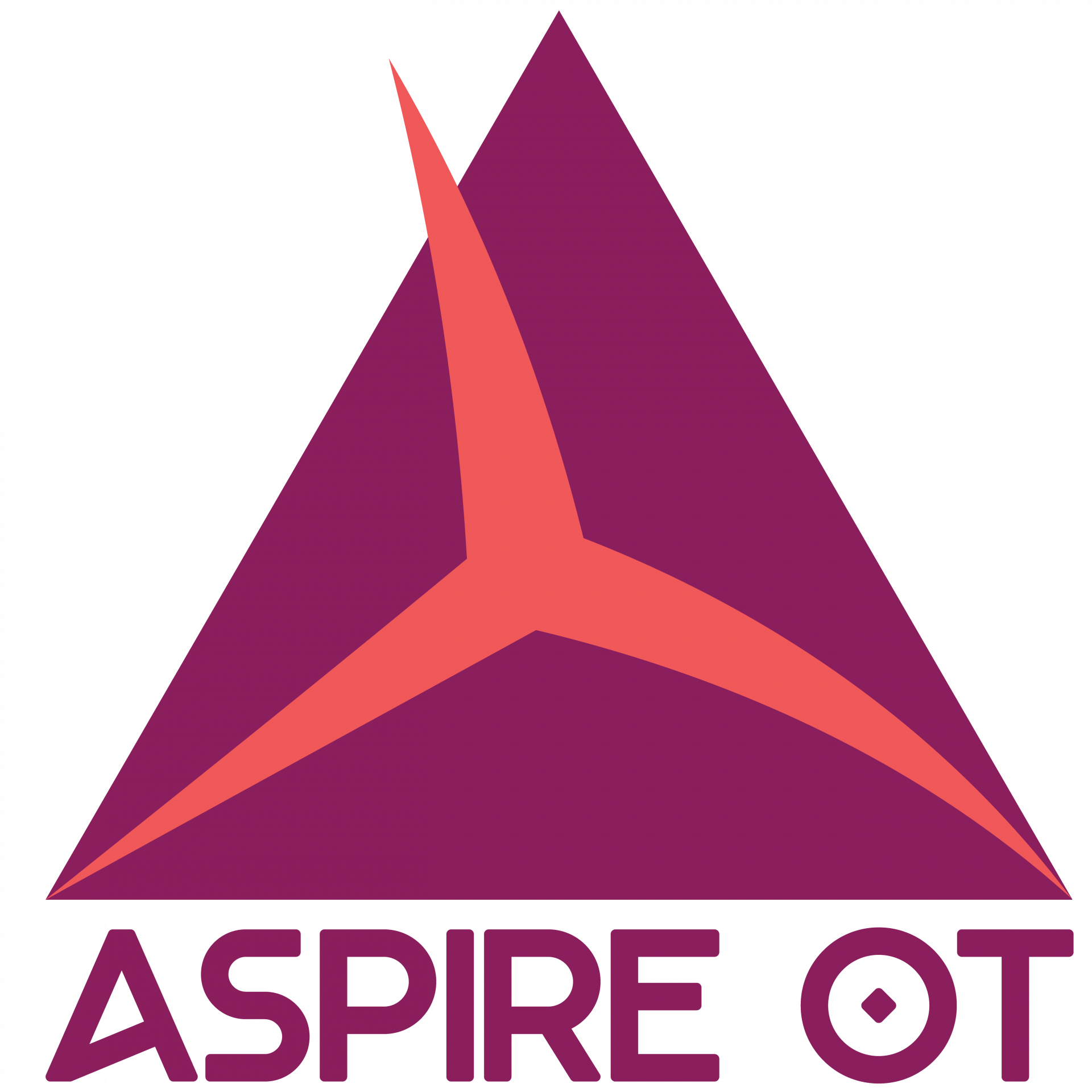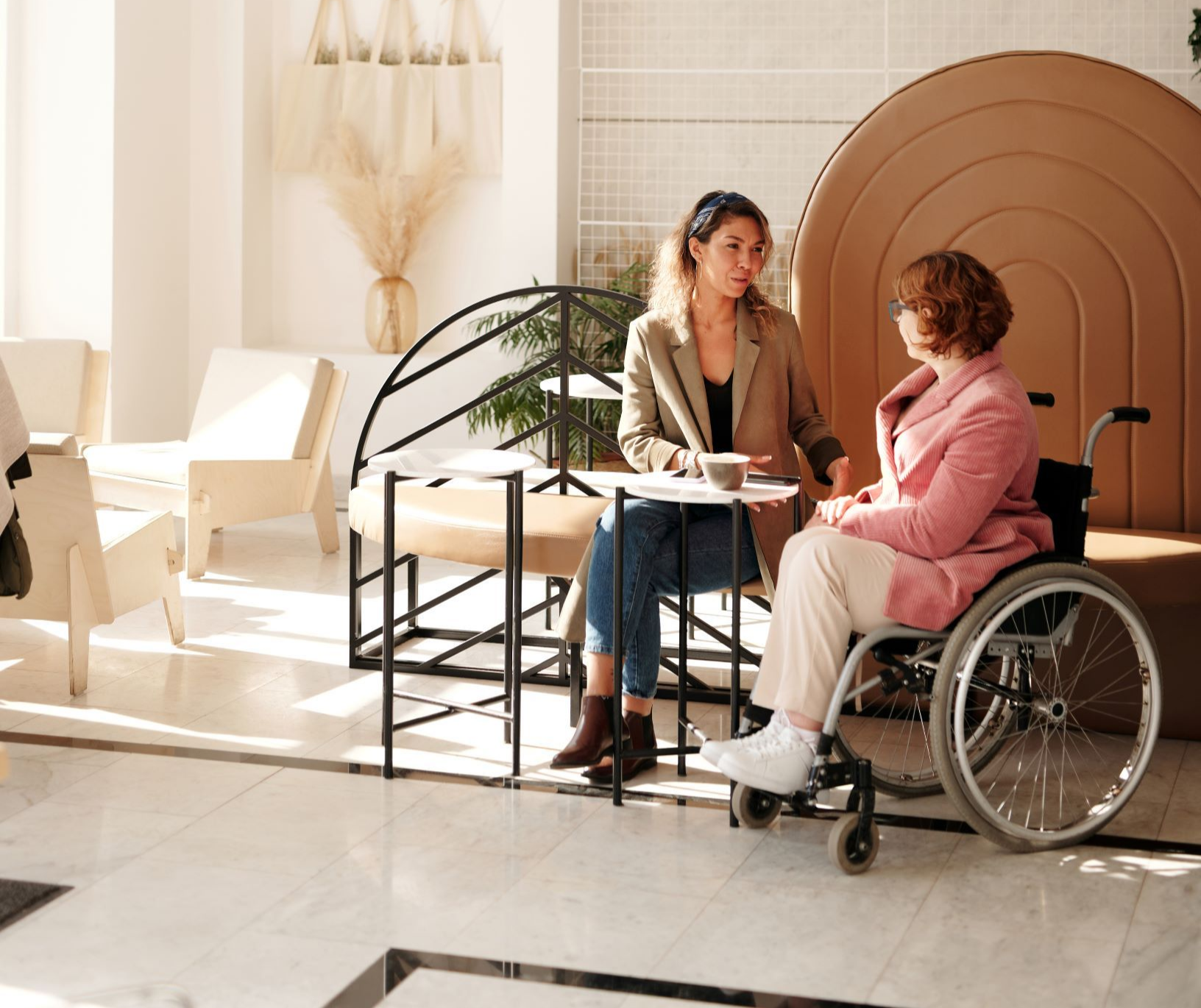Welcome to guest blogger and Occupational Therapist, Amy Jennings, OTD, OTR/L, BCPR, CSRS
Have you ever wondered how occupational therapists manage the chaotic whirlwind of everyday life while empowering their clients through unpredictable challenges?
Chaos and complexity are a daily reality in occupational therapy practice, and as OTs, we often find ourselves navigating both our personal lives and our clients’ complexities. But how can we leverage this chaos for better client outcomes? The Chaos and Complexity Theory offers a powerful framework to understand and manage these dynamics in our profession.
Empty space, drag to resize
Keep reading to learn:- How Chaos applies to everyday life
- How Chaos can be applied to OT practice
- How Chaos and Complexity Theory Can Provide a Framework for Client-Centered Care
Empty space, drag to resize
In this article, you'll learn how applying Chaos and Complexity Theory can deepen your understanding of client-centered care, offering a fresh perspective on daily clinical challenges and interventions.
I woke up to my 5-year-old hollering, “Mom, my eye’s glued shut! Mom, I can’t see! Mom?!” After stumbling out of bed and doing a quick examination of the swollen, goopy eye, I got on my phone to make a telehealth appointment. Luckily, I know our pediatrician’s office will prescribe pink eye drops with a quick virtual visit. I phoned our babysitter who, thank goodness, is willing to stay home with sick kids. Then I called the school to say my son won’t be in kindergarten today. Next, I messaged my reception team at work to cancel my first 2 outpatient appointments of the day but assured them I could make it in for the rest of my patients.
Somehow over the next hour I was able to manage a quick shower, get my other 2 kids dressed and ready for school, give the family a hasty but stern lecture about handwashing and preventing the spread of pink eye, and then make it to the pharmacy when they opened at 8am. I got the pink eye drops back home to my son, administered them, left instructions with the babysitter for round 2, and made it to work to begin my day.
My first patient suffered a hemorrhagic stroke 6 months ago. He has dense spastic hemiplegia but works exceptionally hard and is determined to resume farming this spring. He is making gains but has decreased insight and has had 2 falls. His wife is very anxious.
My second patient has newly diagnosed Multiple Sclerosis. She is continuing to work fulltime and enjoys aerobic exercise at the local gym. Most of our session is spent discussing activity tolerance and self-pacing. She is grateful for the education but nervous about the unknowns.
My third patient has ALS. It has been 8 months since symptom onset and progression has been slow. Most of her difficulty is with speech and swallowing. Her significant other wants to know how to be proactive. He is interested in preparing for the future by getting a wheelchair, building a ramp, getting a hospital bed; but she is not ready to talk about any of these things.
My fourth patient has Parkinson’s disease. He completed the LSVT BIG program with my therapy team and has been religious with his daily exercise. Today I am doing a driving screen with him. He knows he has had some memory changes, and he knows his reaction times are slower than they used to be, but he is not ready to give up driving.
And my workday went on. I listened to patients’ stories and created interventions that will help them achieve greater safety and independence. I documented their progress, fought with insurance companies, and advocated for what they need to optimize health and wellbeing.
After work, I had dinner with my family. The kid who is usually our best eater refused to touch his chicken. The kid with pink eye spilled his milk. And one kid was singing the word “banana” repeatedly at the top of his lungs and my husband was so annoyed he banned the word banana from the dinner table.
We decided to go for a walk before bedtime. The kids ran ahead, and my husband and I were finally able to share our days with each other. At the end of the block, we caught up with the kids who had found some sidewalk chalk that the neighbors left out. Our 8-year-old turned around waving his arms like a zombie and yelled, “Watch out mom and dad! I have pink eye!” Sure enough, he colored red chalk all around his eyes. The other 2 kids fell to the ground rolling with laughter, screaming “zombie eyes!”
Chaos is all around us. Whether you work in behavioral health, acute care, SNF, or pediatrics, you are likely submerged into the chaos that your clients are living through day after day. And then add that to the storms you are navigating in your own life. Maybe you are a parent, a partner, a caregiver, a neighbor, a friend, and you are immersed into the chaos of their lives. And then there is the tough healthcare climate forcing unwanted restrictions on our profession.
Chaos is all around us, yet somehow, we stay grounded. We establish habits and routines that keep us moving forward and maintaining some degree of equilibrium. When I really think about the chaos in my life and the lives of my clients, I wonder how in the world we are able to get out of bed in the mornings. But we do. And we find joy and connection and a willingness to do it all again tomorrow.
Chaos and Complexity Theory can be used as a framework in occupational therapy practice. It offers concepts that can help clinicians and clients more deeply understand their own experiences while also “create[ing] space for the unanticipated, unexpected, and random to occur” (Bussolari & Goodell, 2009, p. 102). Occupational beings are dynamic, constantly influenced by both intrinsic and extrinsic factors that influence how we engage in occupation, interact with others in various contexts, and adapt to the things life throws at us.
Final Thoughts on Chaos and Complexity in OT:
• The chaos we experience, both personally and professionally, can be a valuable tool in understanding and shaping our clients’ therapeutic journeys.
• By embracing Chaos and Complexity Theory, occupational therapists can better adapt to the unpredictable nature of human occupations and provide client-centered care that resonates with the reality of their clients’ lives.
Ready to dive deeper? Enroll in Amy’s upcoming webinar, A New Framework for Client-Centered Care: Using the Chaos and Complexity Theory and transform how you approach your OT practice. Learn how to embrace the chaos and make it work for you and your clients.



